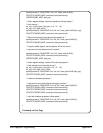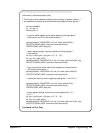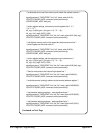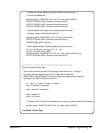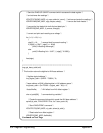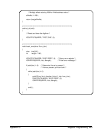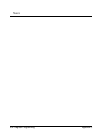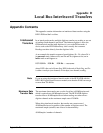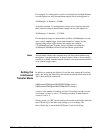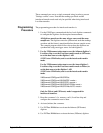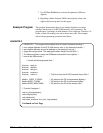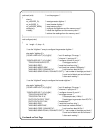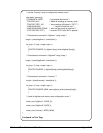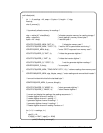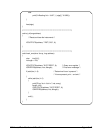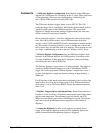
For example, if a configuration consists of two digitizers and both channels
on each digitizer are used, the maximum sample rate for each digitizer is:
40 MSamples / 4 channels = 10 MHz
As another example, if a configuration consists of two digitizers and only
three channels are used, the maximum sample rate for each digitizer is:
40 MSamples / 3 channels = 13.3 MHz
For the digitizer using two channels this would be 26.6 MSamples/ second
since a single sample trigger causes both channels to sample. For the
digitizer using only a single channel, the sample rate would be
13.3 MSamples/second. Together, the two digitizers are within the
40 MSample (80 MByte)/second Local bus transfer specification.
Note The maximum sample rates computed may not always be available using
the digitizer’s internal reference. In those instances, select a slower sample
rate that is available from the internal reference, or use an external reference
or an external trigger source.
Setting the
Interleaved
Transfer Mode
In addition to resetting the digitizer’s Local bus chip, setting the Local bus
mode, and setting the data source, the interleaved transfer mode must be set.
This is done using the commands:
VINStrument:CONFigure:LBUS:SEND:POINts <count >
VINStrument:CONFigure:LBUS:POINts:AUTO <mode >
<count > is the number of readings per block. If readings are taken on only
one channel, <count > is set to 1. If readings are taken on both channels,
<count > is set to 2.
Setting <mode > to OFF sets the interleaved transfer mode. In this mode the
end-of-block flag is sent after each reading or set of readings. The
end-of-frame flag is sent with the GENerator’s end-of-block flag.
406 Local Bus Interleaved Transfers Appendix D



